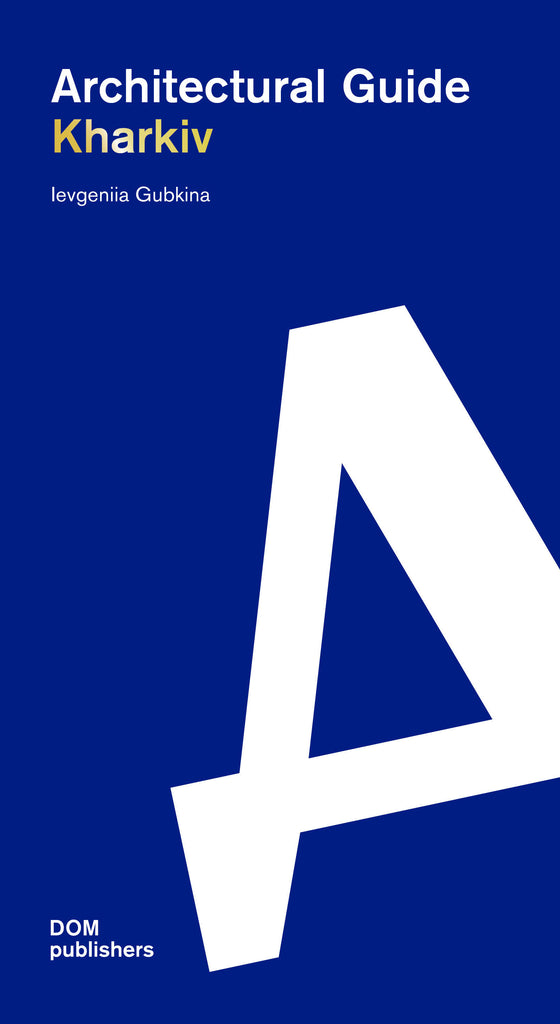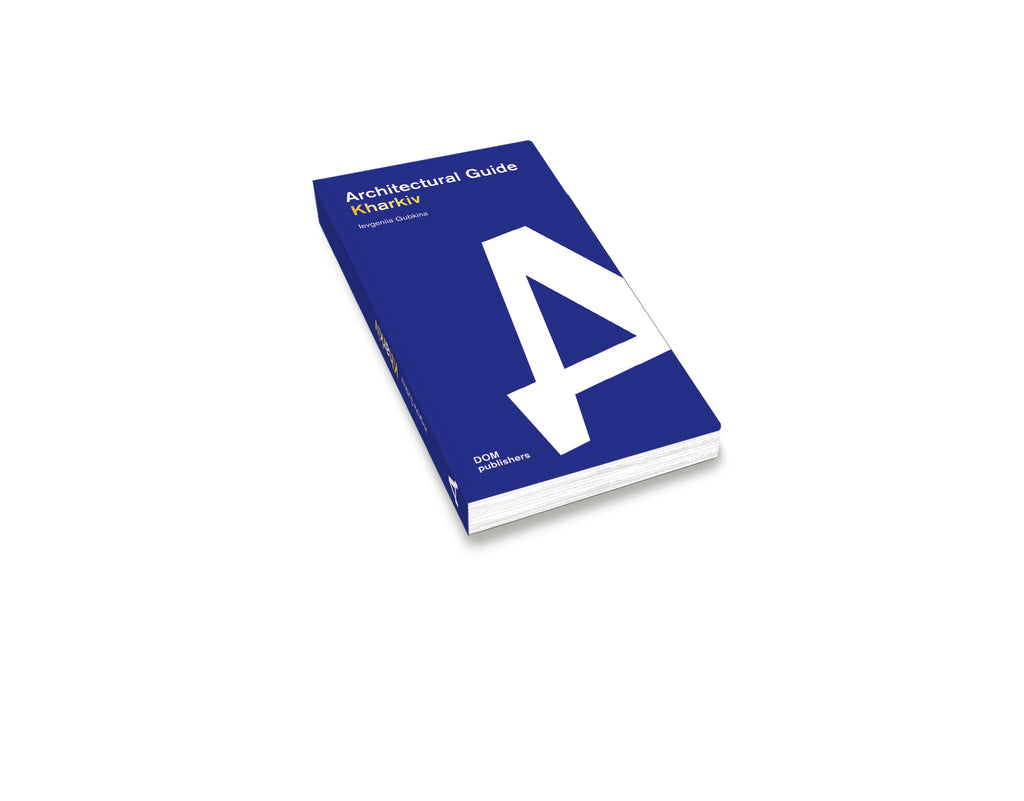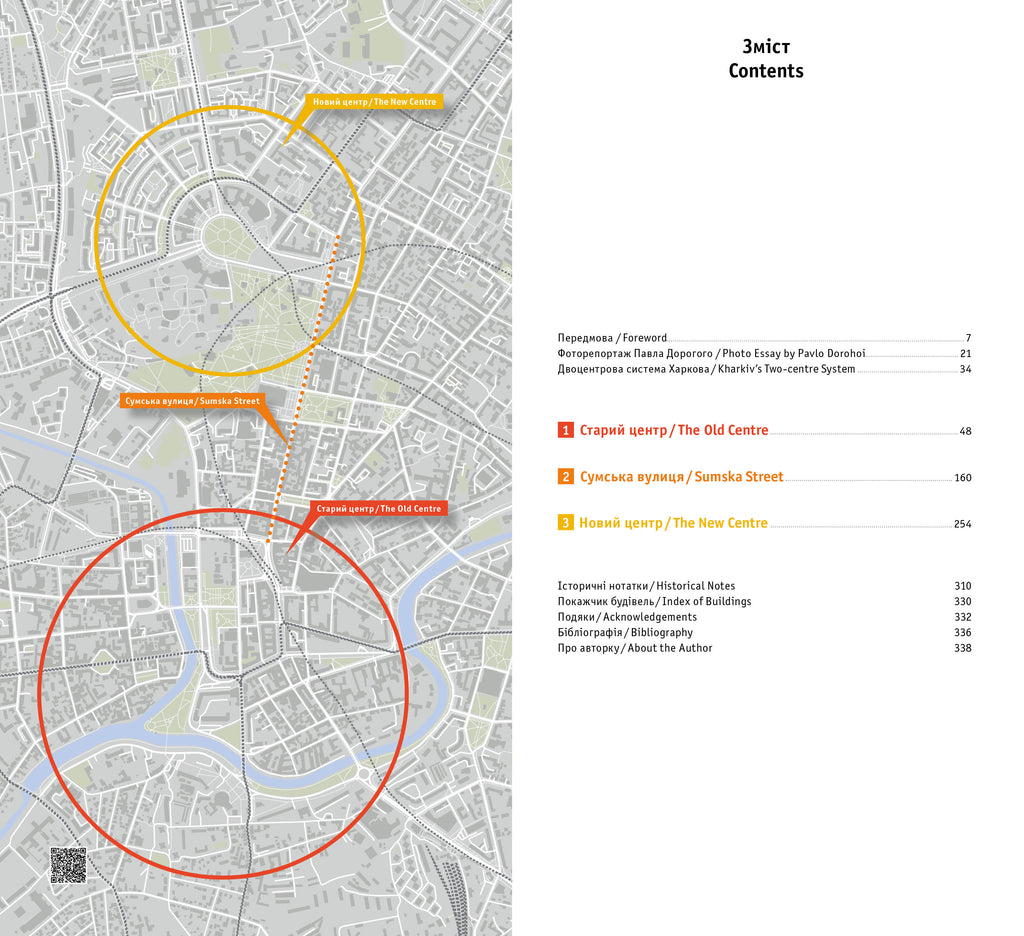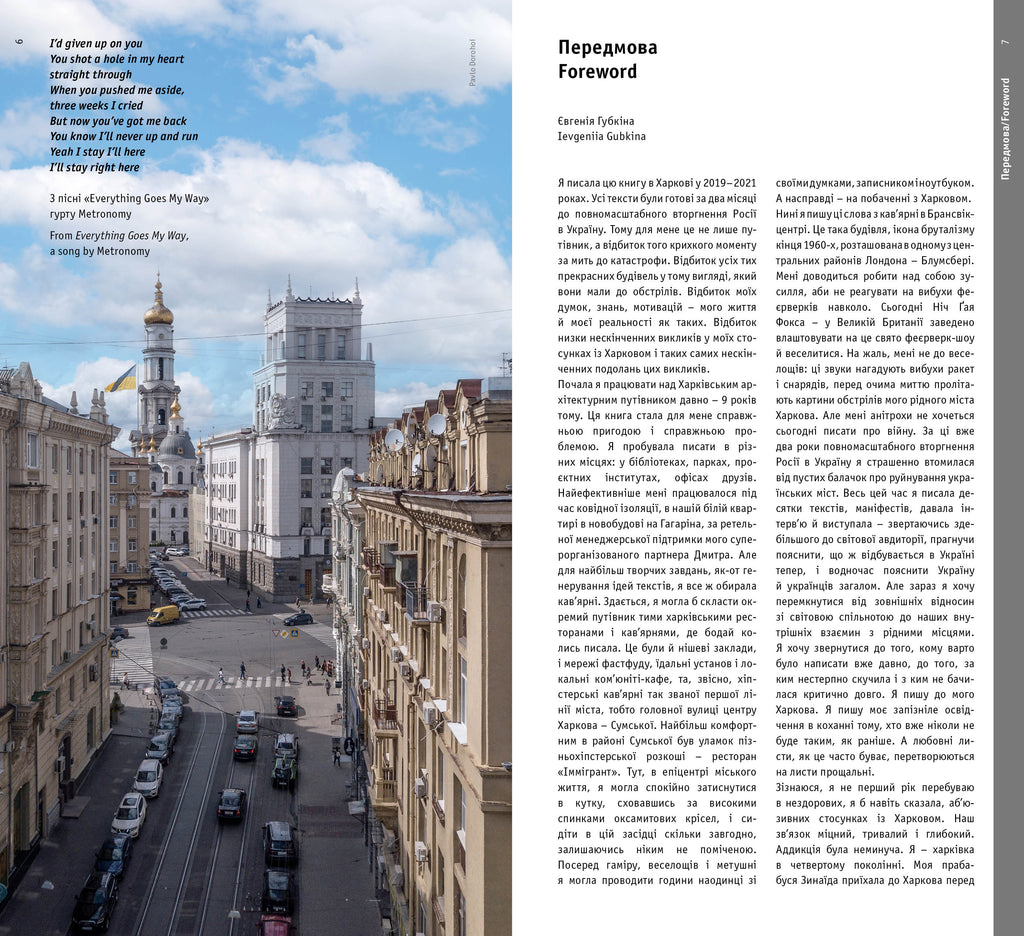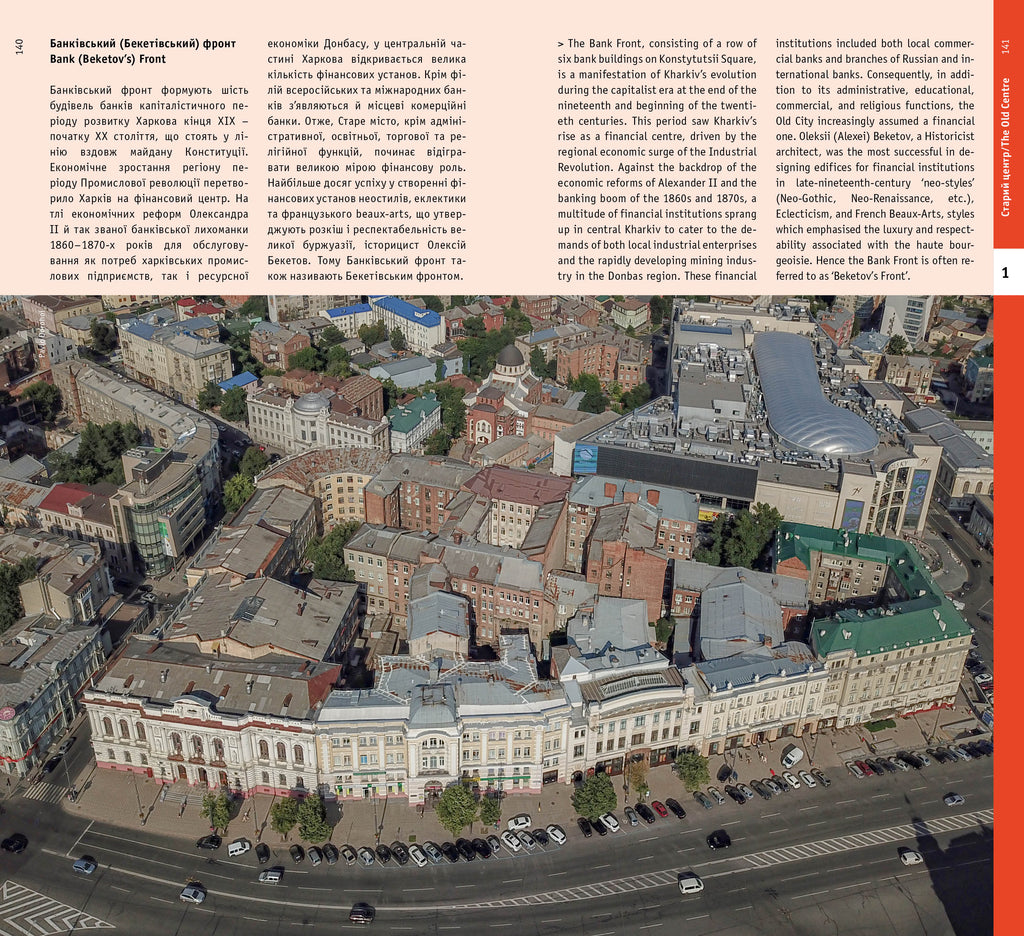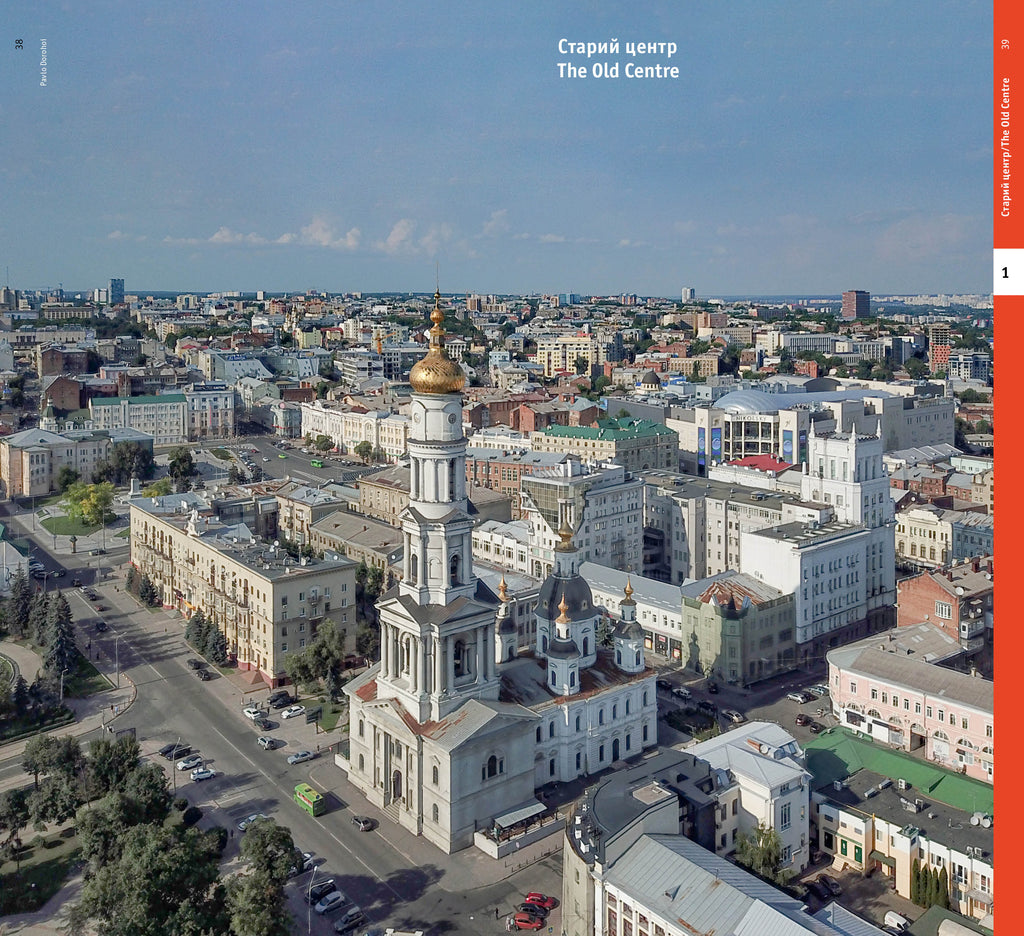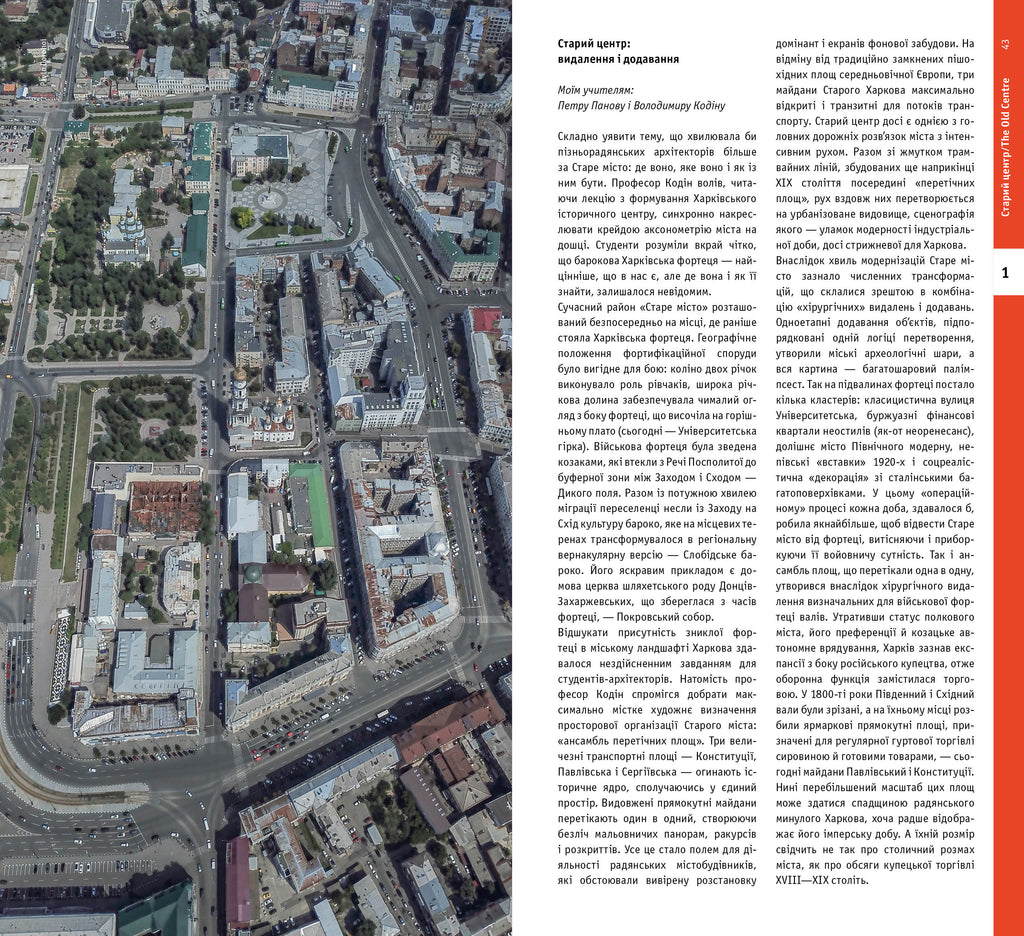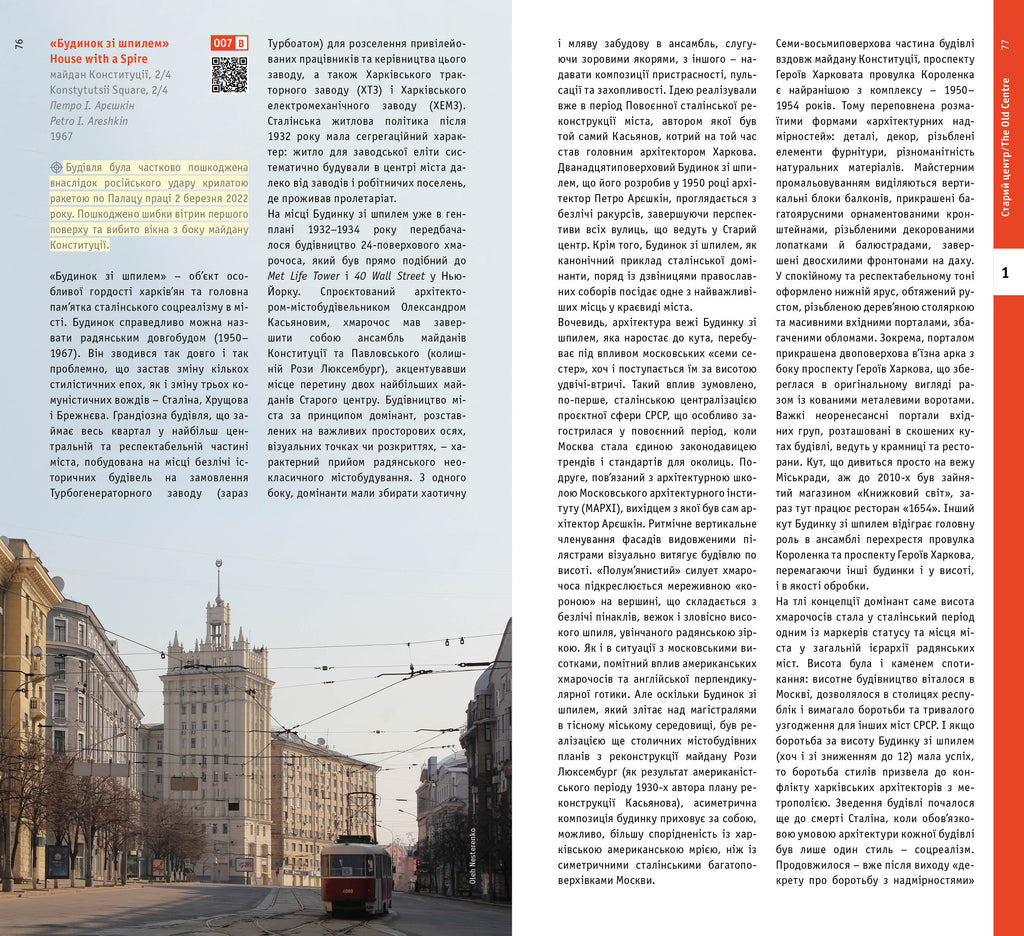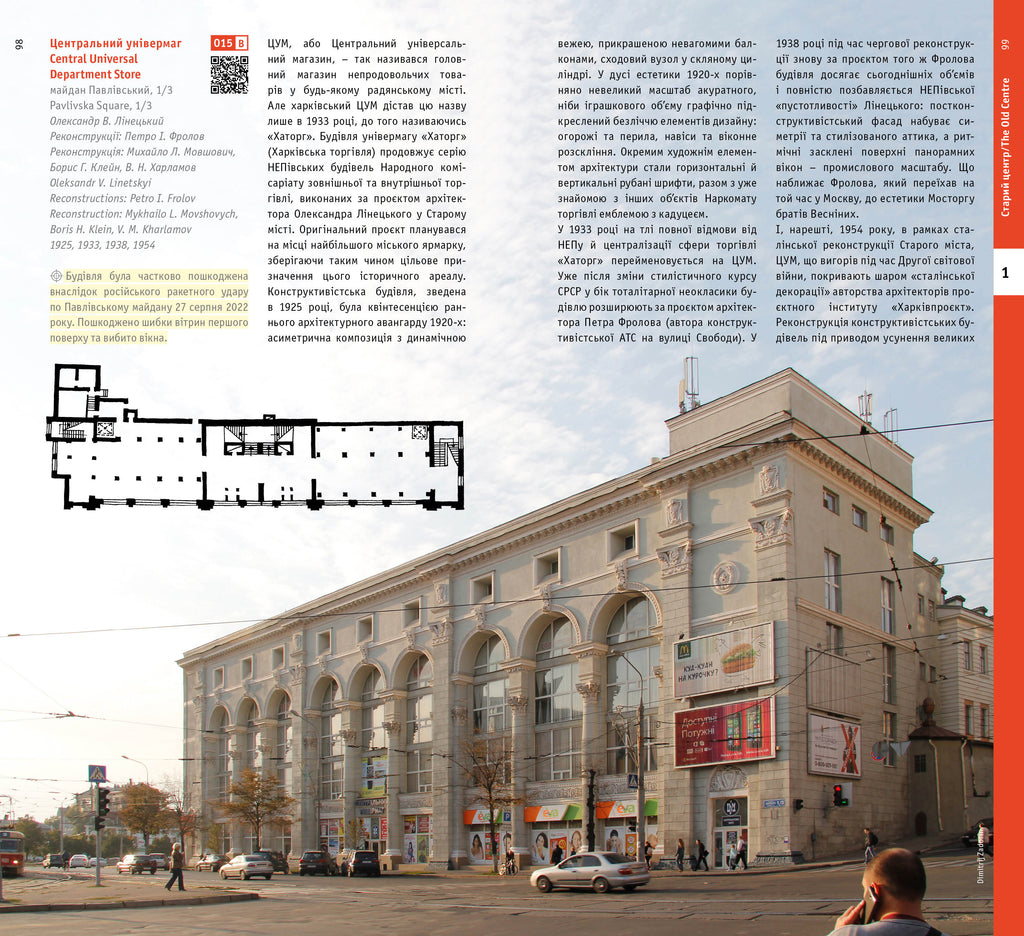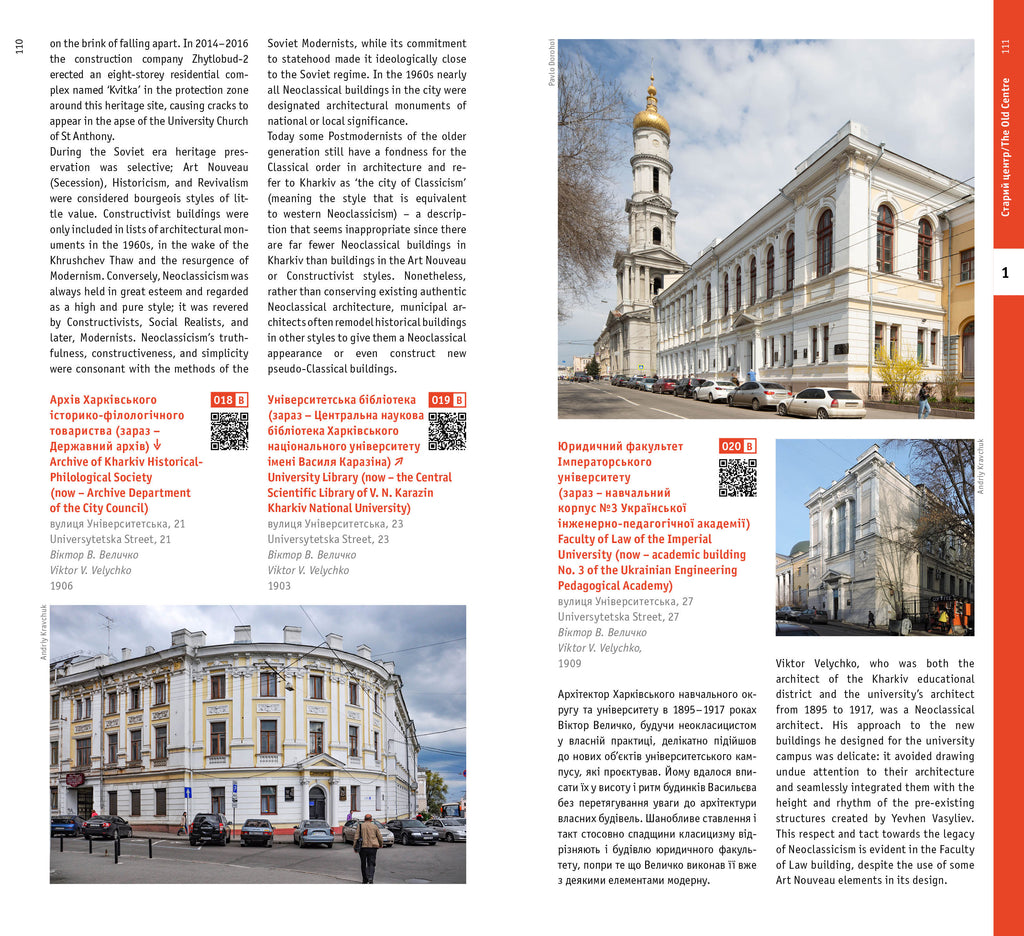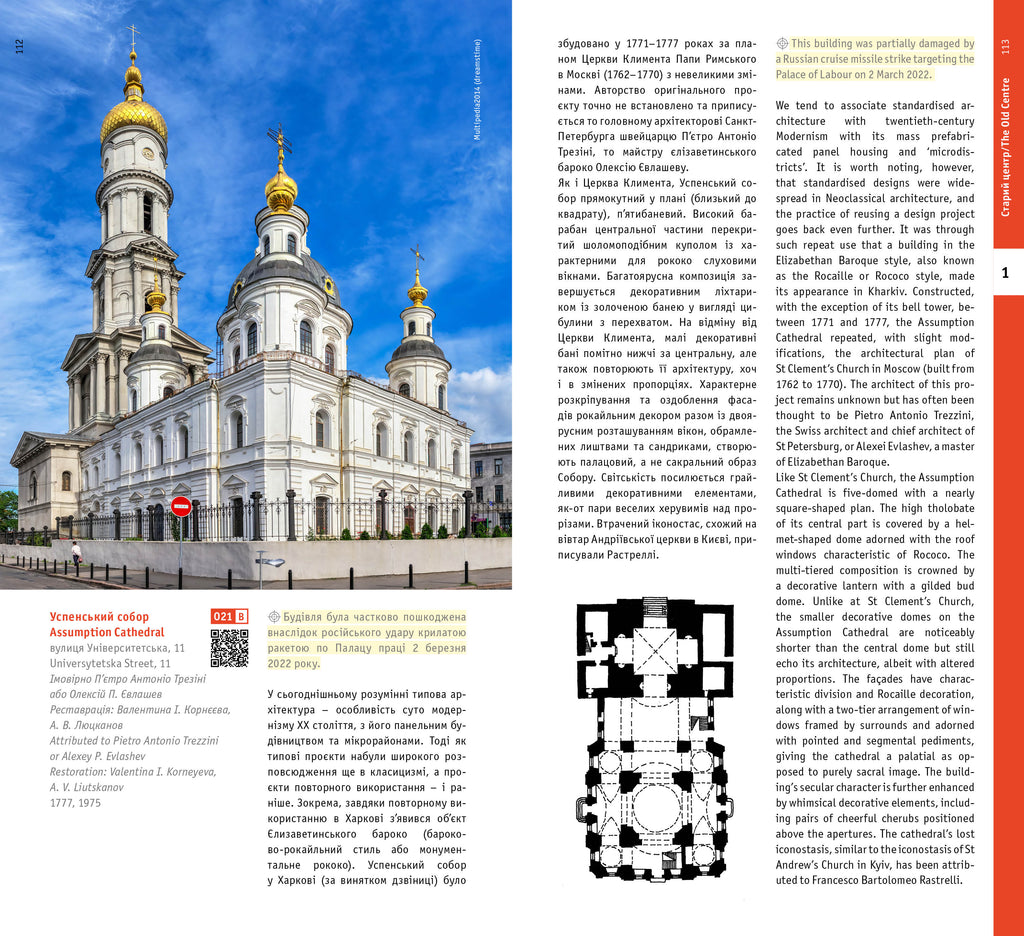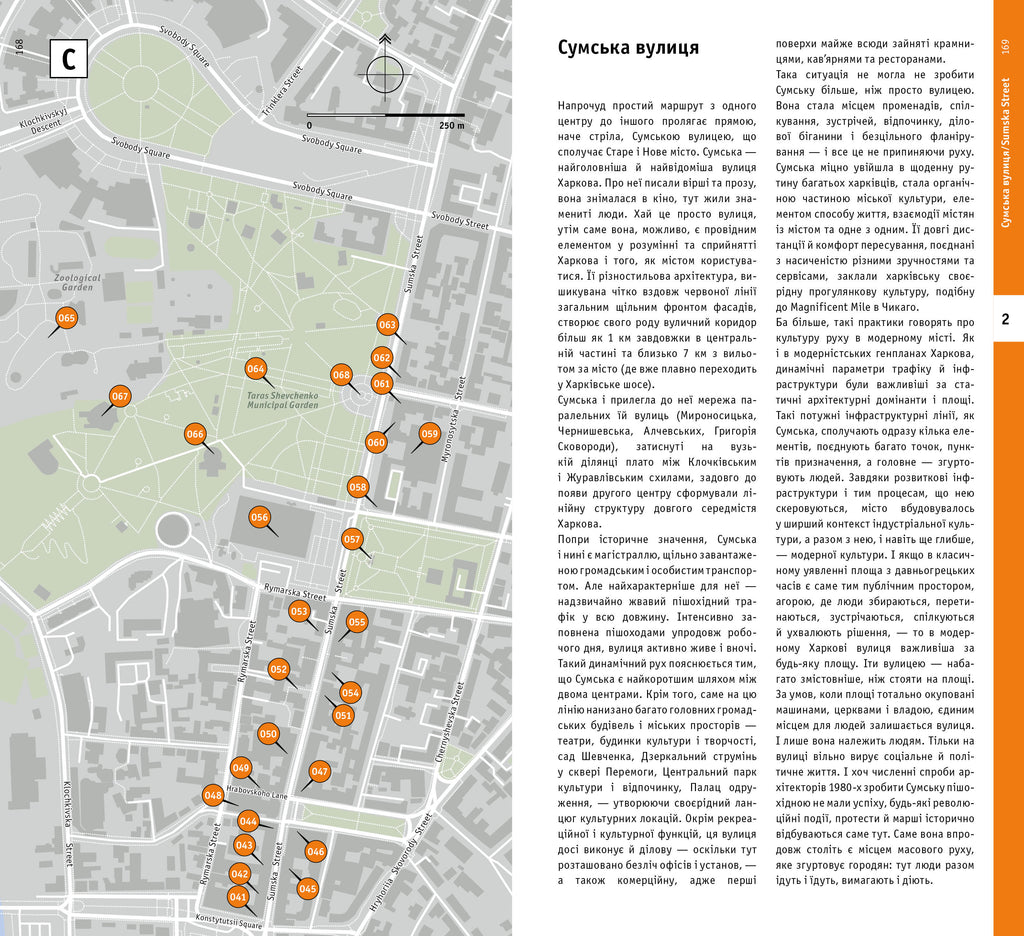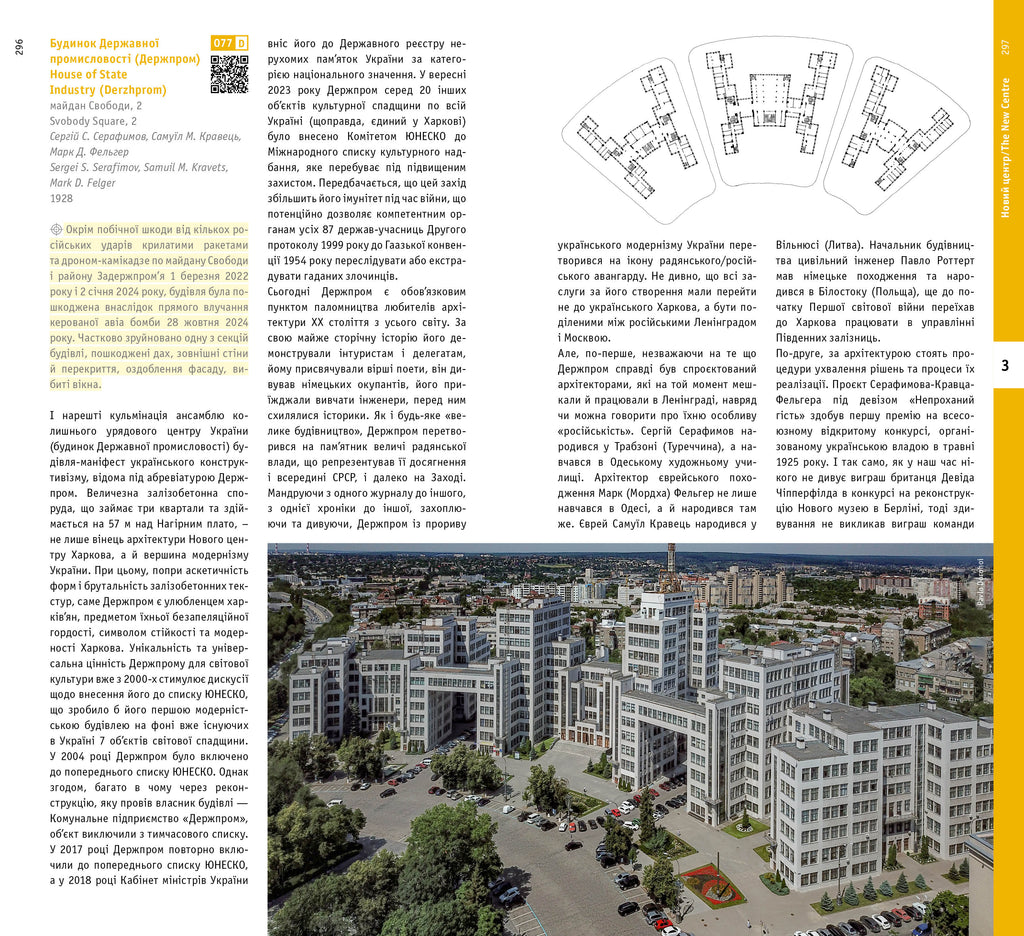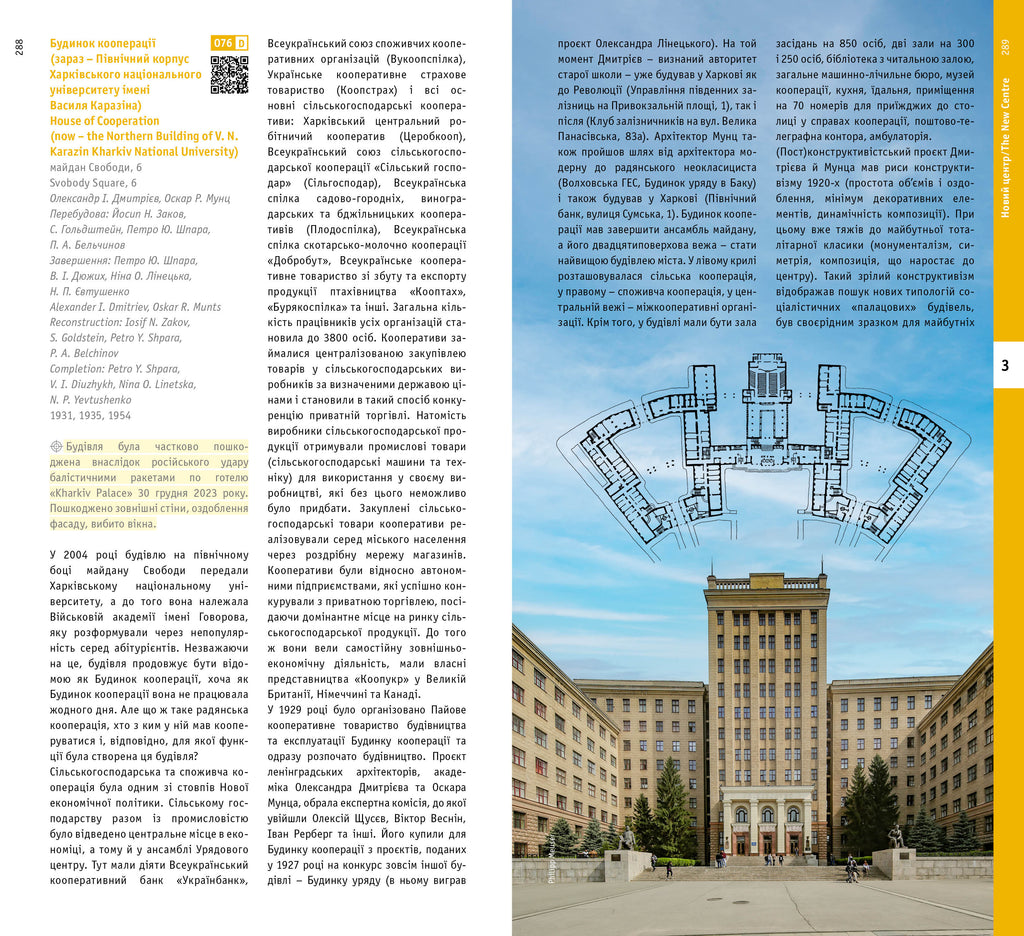Kharkiv
€ 38.00
incl. MwSt., excl. shipping costsArchitectural Guide
Ievgeniia Gubkina
Today Kharkiv’s unfortunate geographical position on the eastern edge of Europe makes it a frequent target for the Russian army’s relentless shelling and airstrikes. Yet, not long ago, Ukraine’s second-largest city was a vibrant centre of student life, progressive art, intellectual thought, and techno-logical innovation, all spiced by the tough post-industrial identity of its citizens. Born from waves of migration, modernisation, industrialisation, and revolution, Kharkiv trod a stormy path from its origins as a Cossack military fortress to a period (1919–1934) when it was the capital of the Ukrainian Soviet Socialist Republic. This decade and a half was a golden age, marked by a dramatic construction boom that turned Kharkiv into a legendary Modernist city. In this publication author Ievgeniia Gubkina takes the reader on a journey through the city’s history and architecture, from its Old Centre to its New Centre, home to Derzhprom, a Constructivist gem which was also the embodiment of a new model of social and economic relations. This architectural guide is a tribute to the indomitable spirit of freedom of Kharkiv’s citizens. But it is also an important act of remembering and resistance: in documenting the city’s buildings in words and photographs even as many of them are, day after day, being destroyed by Russian bombs, it keeps them intact and alive in our minds as a model for the city’s future.
This title is part of the Histories of Ukrainian Architecture programme initiated by DOM publishers in response to Russia’s attack on Ukraine’s sovereignty on 24 February 2022.
135 x 245 mm
340 pages
300 images
English/Ukrainian
Softcover
ISBN 978-3-86922-407-7
Review in The Guardian, 14th July 2025
More titles on the subject:
Kyiv. Architectural Guide. 100 Iconic Buildings since 1925

